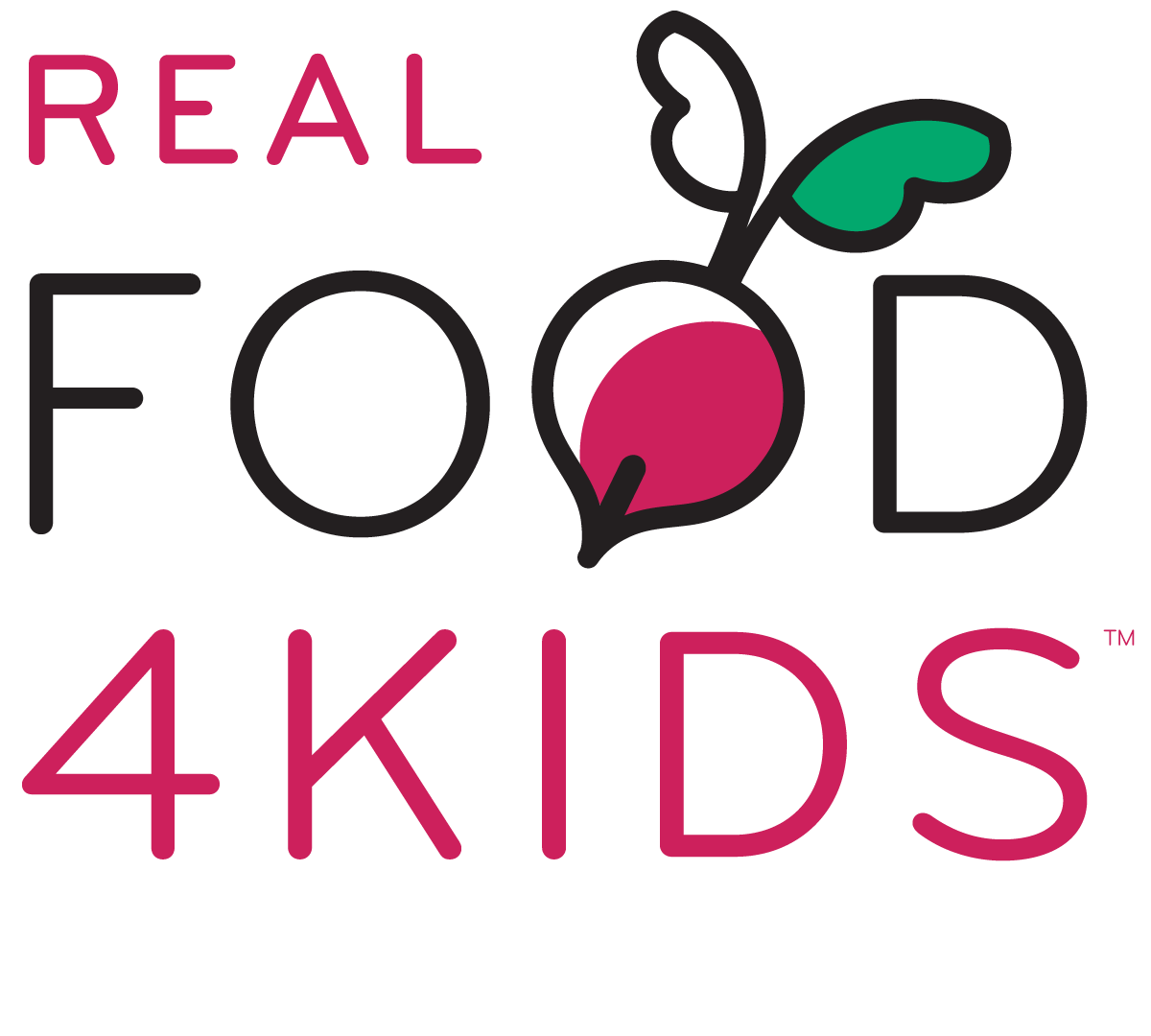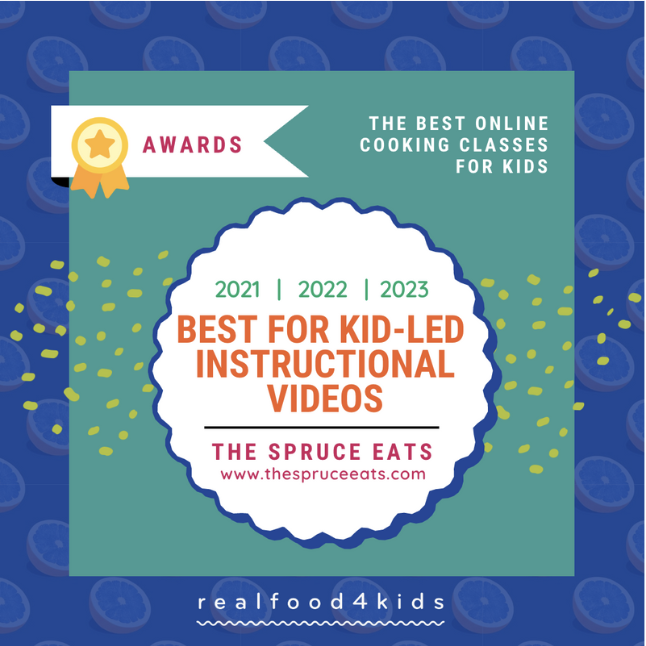THE MORE YOU KNOW...5 THINGS TO LOOK FOR WHEN YOU READ THE LABEL
/Remember the “More You Know” campaign? I wish I could put a giant PSA out there for food!
You can learn so much about your food by reading the label. Not just looking at the label, but really reading it.
CHECK THIS OUT
Nutri-Grain bars are “healthy” for your kids right? Here are 5 things you can learn by reading the label on a Strawberry Nutrigrain Bar:
43 ingredients
1 bar has 12 grams of sugar = 1 tablespoon
⅓ of the bar is sugar.
Sugar is listed 6 different ways on the ingredient label
The first 2 ingredients in the filling are invert sugar and corn syrup. The 3rd ingredient is strawberry puree.
IT’S OK TO BE SKEPTICAL
The initial look at any package is going to capture the flashy marketing designed to make you want to buy it. There will be pretty packaging and trendy wording, all intended to make you think you’re purchasing something good for you. This may or may not be the case. The only way to know for sure - read the label!
Here are 5 things to look for ON THE LABEL:
Ingredient statement: Every packaged food has to have an ingredient label. I often teach a class on ingredient labels to 3rd graders and I always say: turn over the package and look for the words Ingredient Label: highlighted in bold and followed by a semi-colon. The ingredients are all listed in order from most to least. You can get the gist of the product in the first 3 ingredients. If it has more than 6 ingredients, it’s fairly processed. If the list is really long, you might need to start counting commas to see how many products are included! Major allergens are also listed.
Learn to decipher. The ingredient statement is packed with lots of really big words. Know what to look for. Sugar is not always listed as sugar. There are at least 61 different names for sugar, including frequently talked about high-fructose corn syrup, as well as agave nectar, barley malt, brown rice syrup, and sucrose. Do you want to learn more? Check out this article: http://sugarscience.ucsf.edu/hidden-in-plain-sight/#.XIEuBM9Kiu5
Check the nutrition facts panel. First, check out the number of servings and compare it to what you think you’re going to consume. A new highly caffeinated bottled water called HyDrive, sold in schools, has 2 servings per bottle. Do you know many kids that will drink half the bottle and save the rest for the next day?
Identify additional claims. If the product is organic or non-genetically modified, it will have a label on the front of the package. Manufacturers also like to make other claims like natural and whole grain. Beware, neither of these names are truly regulated, and don’t mean much. The wording “chicken raised with no antibiotics ever” or “100% whole wheat” are far more informative.
Food that doesn’t come in a package. Fruits and vegetables don’t need an ingredient label; nature has perfectly packaged them for you. Same goes for eggs from your local farmer. The closer you get to food in it’s true form, the fewer ingredients and the more you know what you’re getting. Shop the perimeter of the store, or head to a local food-coop or farmers market.
You can learn so much from reading. Educate. Educate. Educate. Once you get hooked, it’s hard to stop. The more you know, the more you’ll read.





